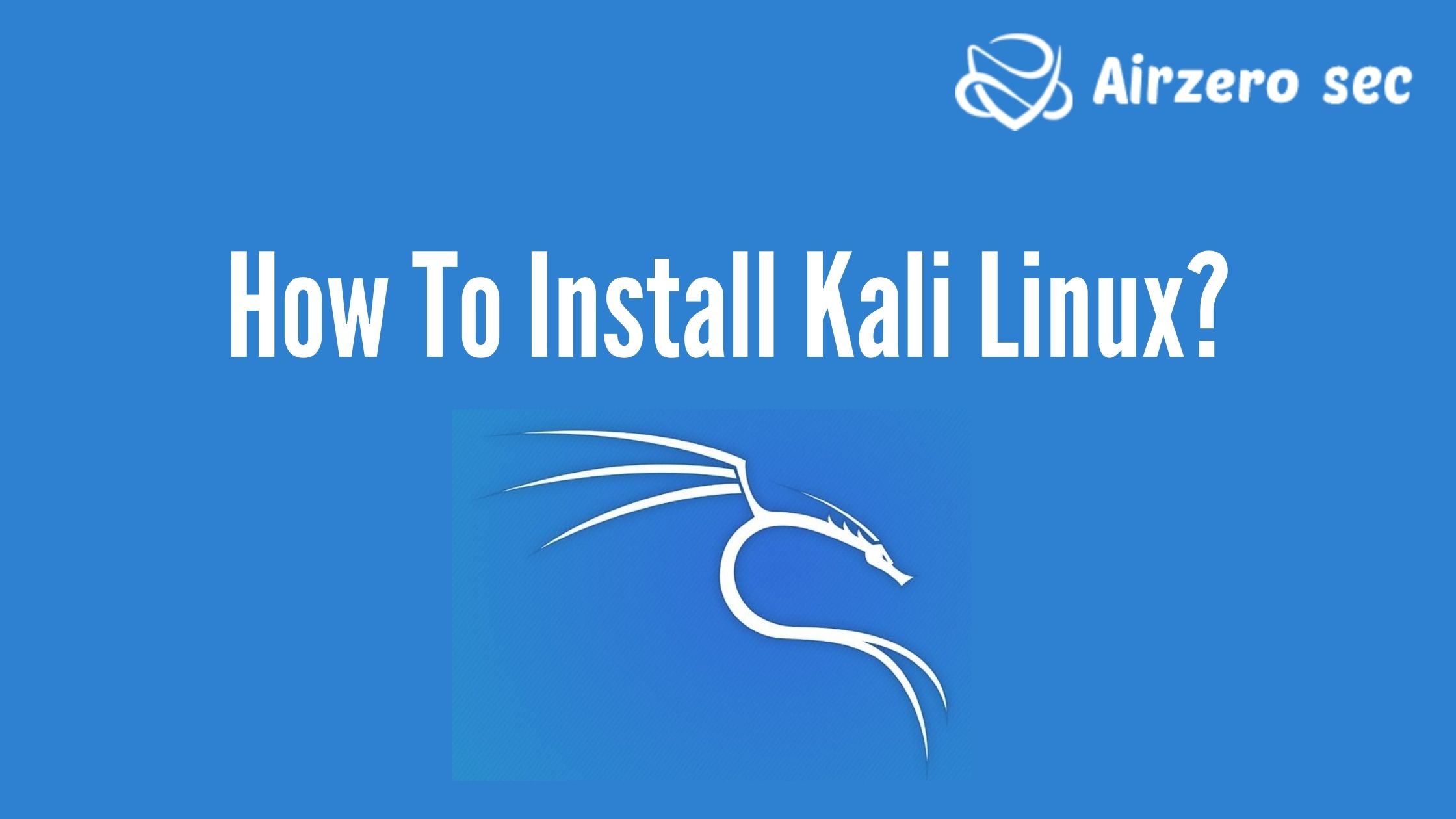
A suitable operating system helps you in performing time-consuming and tedious tasks efficiently. Currently, There is a numberless Linux-based Operating system but installing kali-Linux is arguably one of the best options. It is used by cybersecurity professionals for penetration testing, ethical hacking, and network security assessments. In this blog, we will take a look at how to install Kali Linux.
What is Kali Linux?
Kali Linux is the leading Linux distribution in penetration testing, ethical hacking, and security auditing.
When it will be penetration testing, hacking and Linux distributions, one of the best things to be mentioned is Kali Linux. The software comes firstly packaged with a variety of different command-line hacking tools geared towards various detailed safety tasks. Such as Penetration Testing, Computer Forensics, and application security. commonly, Kali Linux is the best operating system for ethical hackers and is broadly recognized in all parts of the world.
What is Kali Linux used for?
Kali Linux is mainly used for Penetration Testing and mainly in Security Auditing. Kali contains various tools that are geared to the various information security tasks, such as Penetration Testing, Computer Forensics and Reverse Engineering.
How to install Kali Linux?
Kali Linux installation is a super easy process and you have multiple installation options. The most preferred ones include:
- Installing Kali Linux by building a Kali bootable USB drive
- Hard disk installs in Kali Linux
- Using virtualization software
- Both booting Kali Linux with the operating system
While you have different options to choose from, in this blog, we will look at how to install Kali Linux using virtualization. Below are the stated steps, you can create your machine with all the options you need to perform a comprehensive penetration test.
What Are The Installation Requirements?
- Minimum 20 GB of space in your hard drive
- At least 4 GB of ram is recommended when using VMware
- CD-DVD Drive or USB support
Getting run with Installation.
Need To Install Vmware:
In order to run Kali Linux on your system, we will need some piece of virtualization software first. There are many options to select from, such as Oracle’s VirtualBox. Once the installation is completed, release VMware from your applications folder.
Needed to install Kali Linux and check its image integrity
To access Kali Linux you can go through its official page and click the one that best suits your needs from there. It is included on the download page, you will identify a bunch of numbers. Kali Linux is intended to be used for safety-related tasks. So, you need to check the identity of the image you download.
Needed to launch a new virtual machine
On the VMware Workshop homepage, click on create a virtual machine, choose the Kali Linux iso file, select the guest operating system and configure virtual machine details. Start the virtual machine by selecting the Kali Linux VM, and then clicking on the Power On button.
What is the installation procedure?
- Step 1:
Once the system is powered up, you will be prompted to pick your preferred installation mode in the GRUB menu. Click graphical install and continue. - Step 2:
The next couple of screens will ask you to select locale details such as your constant language, your area location and keyboard layout. - Step 3:
Once through the local details, the loader will default by installing some additional things and configuring your network-related settings. Then the individual will prompt for a hostname and domain for this installation. Provide unused information for the environment and continue installing. - Step 4:
Set a password for your Kali Linux and click continue. DOn’t EVER FORGET THIS PASSWORD. - Step 5:
After the password is confirmed, the installer will encourage you to set the time zone and then stop at the disk partitioning. It will provide you with four choices about the partitions of the disk. The simplest option for you is to use ‘Guided – Use Entire Disk’. old users can use the “Manual” partitioning option for more granular options. - Step 6:
Select the partitioning disk & then click on continue. - Step 7:
Make sure that all changes are to be made to the disk on the host system. Be super aware that if you continue it will erase data on the disk. - Step 8:
Once sufficient files are installed, the system will ask you if you want to set up a network mirror to obtain future pieces of software and updates. Make sure to enable these work tools if you wish to use Kali packages. - Step 9:
Next, you will be enquired to install the GRUB boot. Select ‘Yes’ and click the machine to write the needed boot loader details to the hard drive which is needed to boot Kali. - Step 10:
Once the installer completes installing GRUB to the disk, click on continue to complete the installation, it will install some final stage files.
If you have any queries about this topic or have to get services and digital forensic and penetration testing services. Feel free to contact us. AIRZERO SEC will be your strong firewall. E-mail id: [email protected]

Author - Johnson Augustine
Ethical Hacker and Data Security Researcher
Founder: Airo Global Software Inc
LinkedIn Profile: www.linkedin.com/in/johnsontaugustine/
